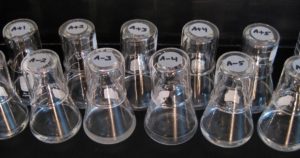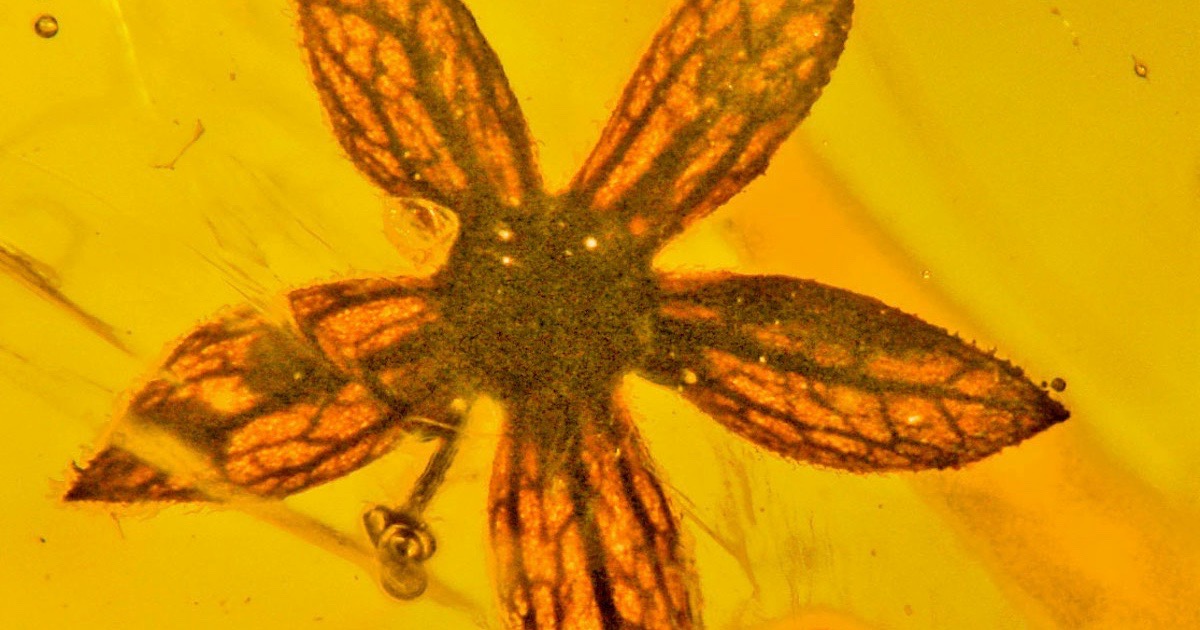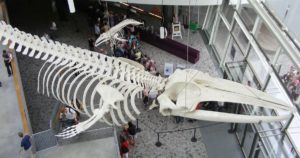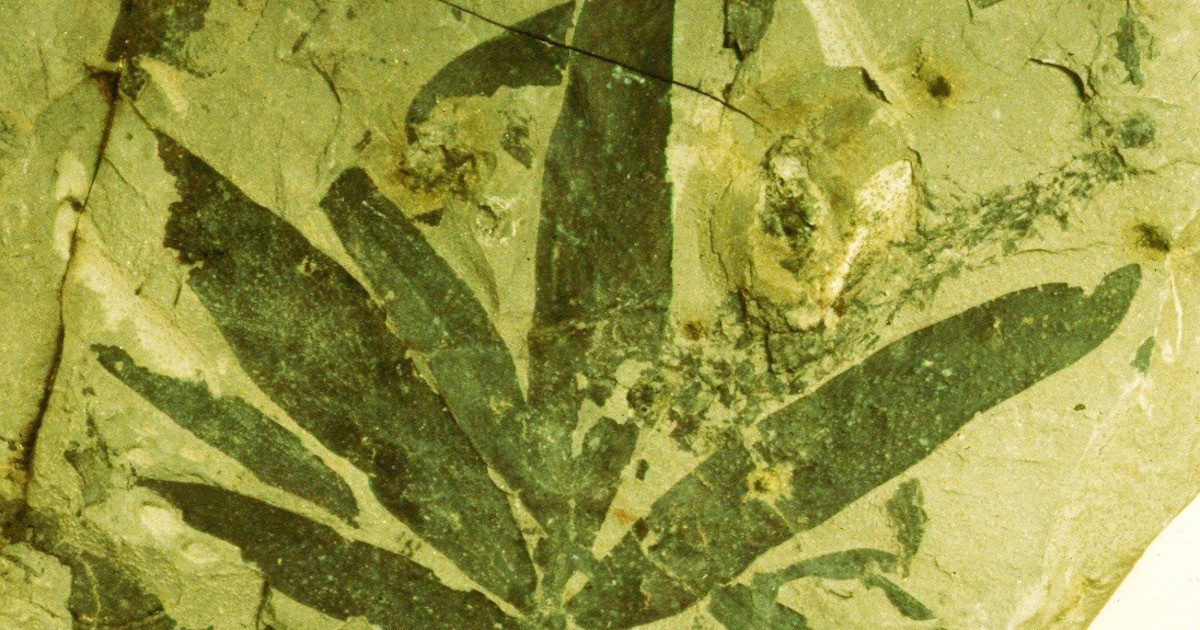
Science and Culture Today | Page 349 | Discovering Design in Nature


Biologist Dustin Van Hofwegen Punctures Claims for Lenski’s Long-Term Evolution Experiment

Nelson: Evolution Morphing into Intelligent Design?

Darwin’s “Abominable Mystery”: Jurassic Flowering Plants After All?

Scientists Make Male Rat Give Birth

Darwin’s “Abominable Mystery” Is Not Alone: Gaps Everywhere!

Is There Discontinuity in Biology — And How Would We Know?

CELS 2021 — A Report from the Trenches

Darwin’s “Abominable Mystery”: Still Alive and Kicking






































